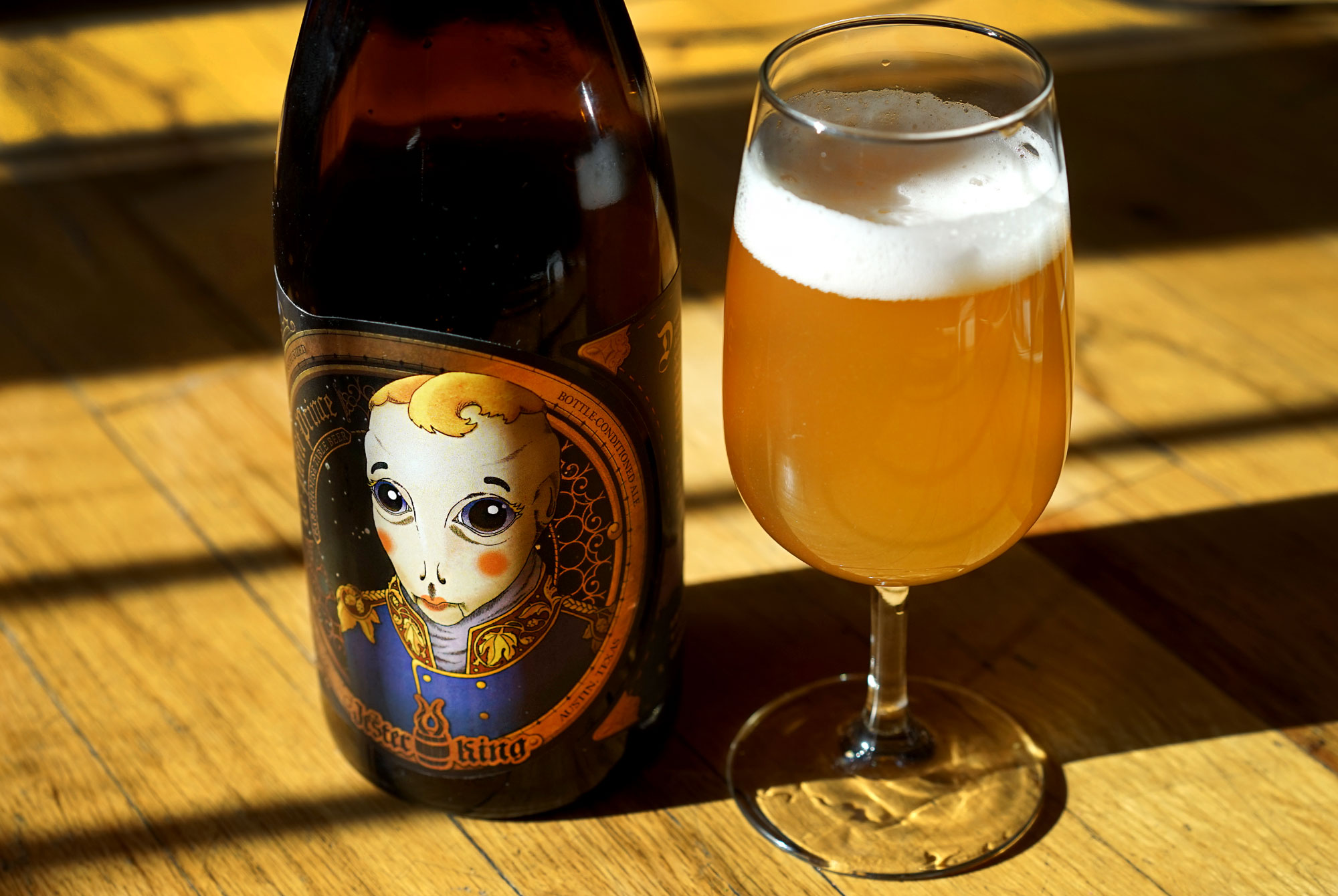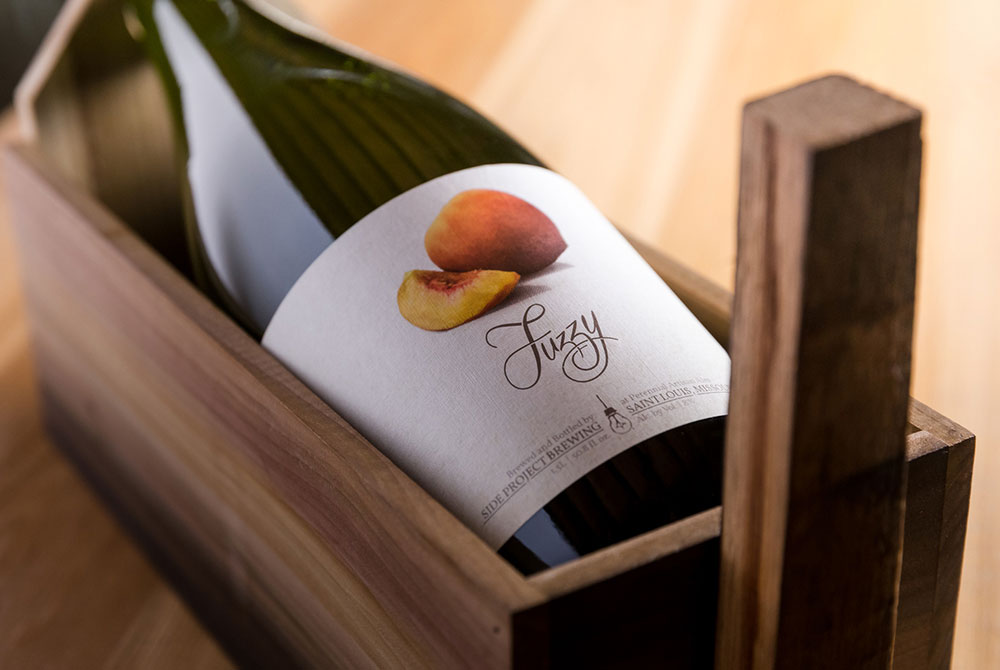The goal of anything worth calling a hobby — or as a résumé would put it, “personal interest” — is turning off. You explore, you practice, you learn, you relax. After some time and a little work, you reach that zen place. Cooking without burning. Writing without cliché. Shooting without airballing. For beer, the zen place is table beer.
As Josh Bernstein wrote in his short but worthwhile piece on table beer, it’s more of a concept than a style, “a low-ABV way to create an eminently refreshing beer.” In other words, it’s something to sip on while you eat, or at the end of a long day. It’s not trying too hard. The experimental, high-ABV beers that draw lines are the loudest guests at the party; the table beer is good for an interesting conversation in the corner, just audible over the rumble.
The table beer is also circular. Many “beer connoisseurs” tuck tail and run from the low-ABV, “tasteless” macros, only to return years later, realizing there was something to the drinkability touted in every beer commercial. For instance, Jester King’s Le Petit Prince is a (typically) 2.8 percent ABV table beer inspired by the low alcohol farmhouse ales brewed long ago along the border of northern France and southern Belgium. Served from a bomber bottle, there’s plenty to drink of the grassy, slightly funky and zesty beer. But embodying restraint in every category, even an entire bottle of the Prince won’t weigh anyone down, in body or mind.
I caught up with Jeffrey Stuffings, Founder of Austin-based Jester King, to chat about one of America’s best table beers.
J. Travis Smith: I think the first question anyone new to beer would have is: Why am I paying a premium for a beer that doesn’t even break 3 percent ABV?
Jeffrey Stuffings: Ha! That’s fair. While Le Petit Prince is a simple table beer, it’s also very special and unique. It starts with humble origins, such as our well water, Texas barley and wheat, and hops. But over the course of months, it’s fundamentally transformed by a mixed culture of native yeast and bacteria. By the time it’s released, it’s a special beer reflective of a particular time, place, and people.
JTS: Can you give me a bit of the backstory? What were you trying to create and why did you name it after a children’s book?
JS: We at Jester King are heavily influenced by classic Franco-Belgian farmhouse ales, in particular the ones from Brasserie Dupont and Brasserie Thiriez. Dupont Avril and Thiriez Extra embody everything we were after with Le Petit Prince — dryness, bitterness, interesting yeast character, and low alcohol. We named it after the book by Antoine de Saint-Exupéry because there’s something ethereal and other-worldly about the beer.
JTS: In my opinion, table beers are the end game for beer nuts — you spend a lot of time (and money) chasing down rare beers and exploring all styles, before coming back to a nuanced but complex easy-drinking beer that you can crack at the end of a long day.
JS: I’ve followed that same path and totally agree. Most of the time, I just want something pleasant and easy to drink.
JTS: How can people get Le Petit Prince? When that’s not possible, is there another table beer that you prefer?
JS: We sell Le Petit Prince at our tasting room, but some of it travels around the country through our friends at Shelton Brothers, including NYC periodically. I also recommend seeking out De la Senne Taras Boulba, De Ranke XX Bitter, and as mentioned before Dupont Avril and Thiriez Extra. Some of these are a little higher alcohol than Le Petit Prince, but they embody the same principles.
JTS: Can you name a handful of examples of the beers that inspired you?
JS: These are the beers that shaped Jester King for the following reasons:
- De la Senne Taras Boulba — dryness, bitternes, interesting yeast character.
- Jolly Pumpkin Calabaza Blanca — great acidity and citrus character.
- Cantillon Classic Gueuze — majesty of spontaneous fermentation, aged hops.
- Dupont Avril — delicious at low ABV
JTS: Thank you for your time.



